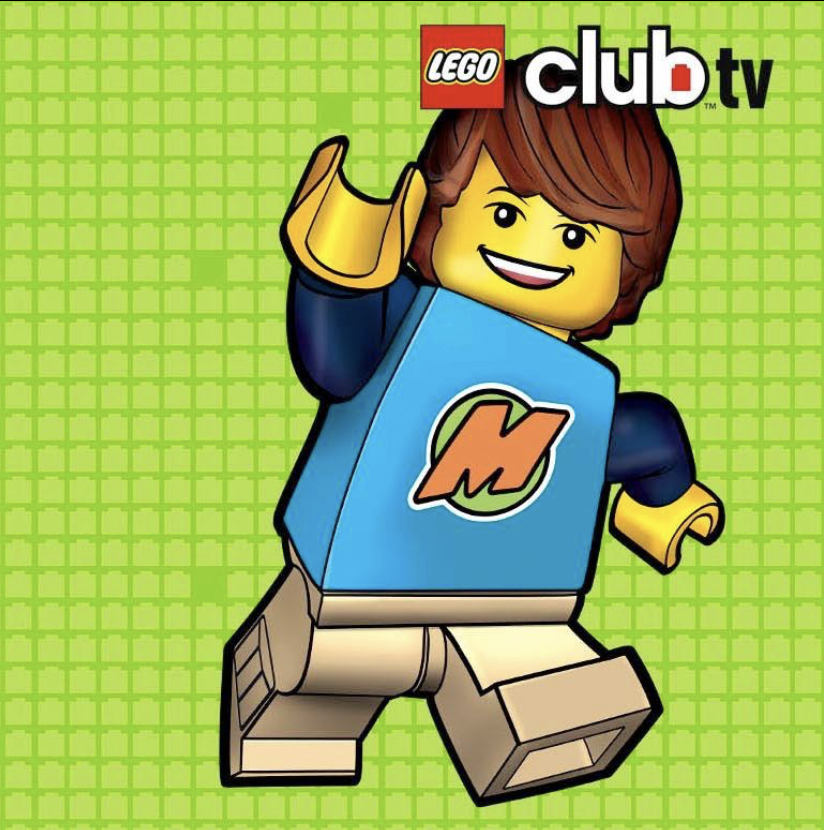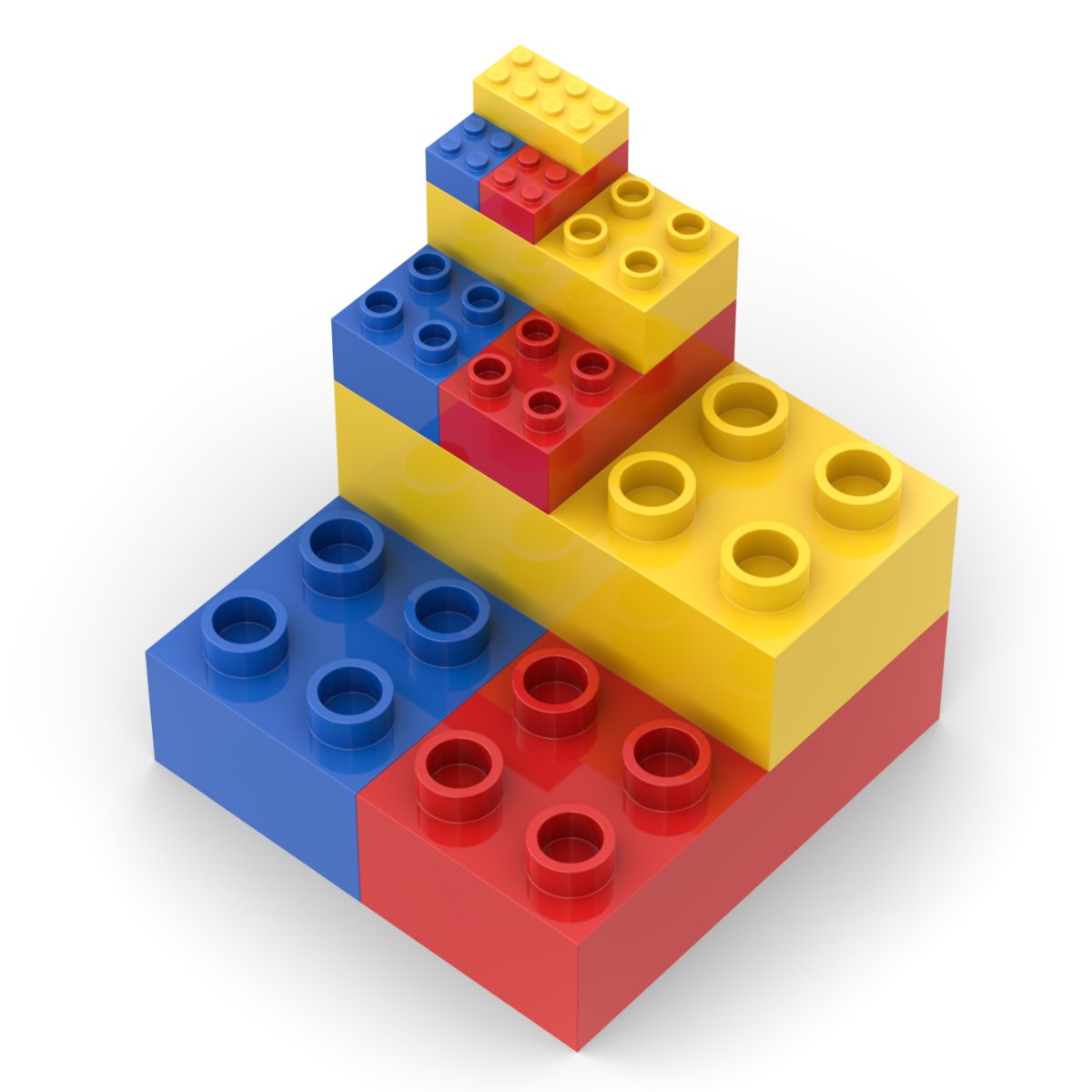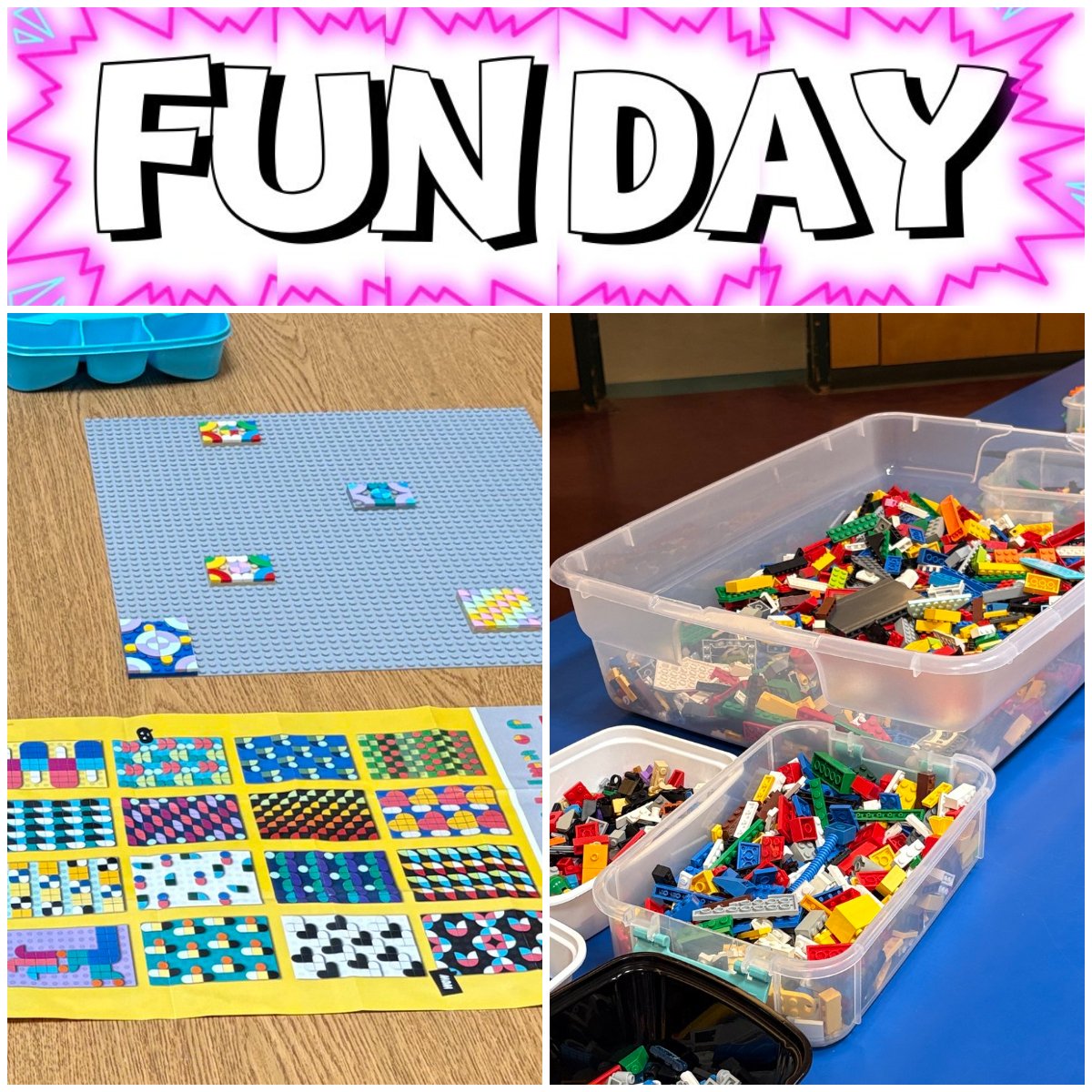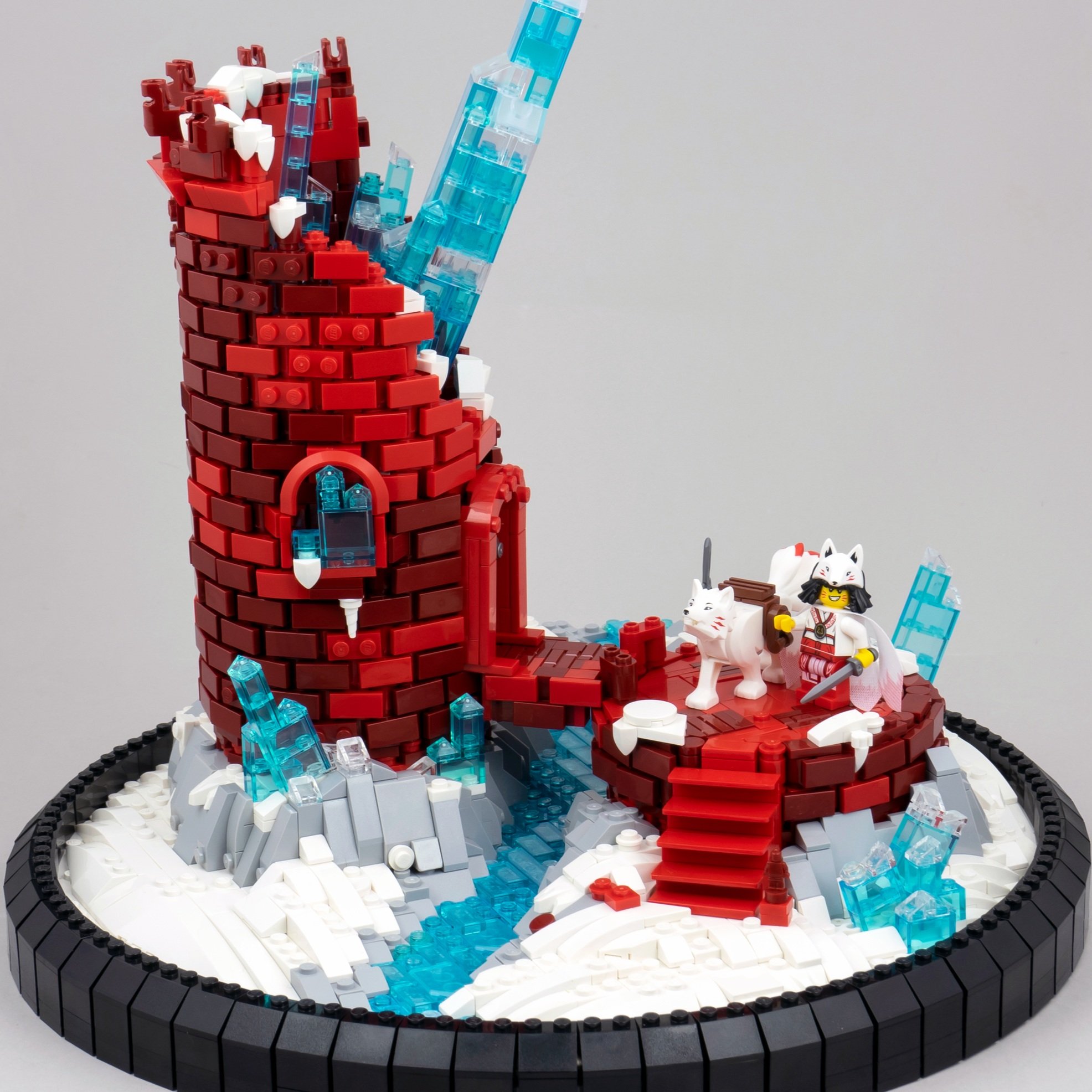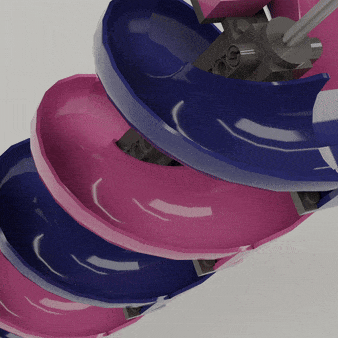Of Spider-People and Spray Cans: An Interview with Marius Herrmann
/Best of BrickNerd - Article originally published June 12, 2021.
If you went to theaters in December 2018, you likely went to see “Spider-Man: Into the Spider-Verse.” This mesmerizing introduction of a new Spider-Man to the big screen turned out to be a vivid celebration of the limitless possibilities of the Spider-Verse.
Miles Morales, a smart teenager from Brooklyn, is the unlikely hero of this visually groundbreaking tale, juggling newfound powers and the responsibilities they bring. And now, almost 2 and a half years later, we see him return in the brick. Marius Herrmann, widely known as steponabrick both on Flickr and Instagram, has built a lovely rendition of everyone’s favorite teenage Spider-Man. I decided to sit down with him and talk about how it came together.
Markus: December 2018: You see ‘Spider-Man: Into the Spiderverse‘ in theatres. What happens next? Run me through, how did Miles start out?
Marius: Like many people, I absolutely loved the movie. The art style and presentation is just phenomenal and especially the clip of Miles’ transformation to becoming Spider-Man was something I kept coming back to. I really liked the idea that he would take a suit and paint it black, spray paint his own version of the logo on it and still wear his street clothes over it. As I understand it, Spider-Man is supposed to be one of the most down-to-earth superheroes and Miles’ casual style is my favourite interpretation of that attitude. So that was the motivation behind building this specific character and outfit.
I don’t remember exactly, but I think I started designing the head during the first few days of 2019. It took only one evening as I already knew pretty well how I wanted to build it. When the oval serving tray released in 2013, it immediately reminded me of the shape of Spider-Man’s eyes. It was literally the first association I had, so I always had this idea in the back of my mind. All it took in addition were two red rubber bands and a round large figure armour and the head was finished.
Markus: Oh, it’s perfect in its simplicity. What came next? What was your workflow like?
Marius: Normally I would print out a reference image in 1:1 scale to the head I already designed and then continue with the torso. I did that for most of my builds and Miles is no exception. However, he is very skinny. So there wasn’t much room to fit the various connections and hinges while maintaining the correct shape on the outside. The early designs were all kind of boxy and often did not quite get the proportions right.
Another problem was the jackets. Miles is wearing two different jackets, a thin red one with a hood and a dark green Bomber jacket over that. I did not know what to focus on. When I started with the underlying suit, the end result would get too big, and when I started with the jackets the inner space was too tight to fit any kind of support structure. This dilemma was probably the biggest challenge while designing the figure.
Markus: Miles is very skeletal, that much is true. That makes those sneakers stand out even more—and outstanding they are. Care to share the tale of tying laces and tell us how they came together?
Marius: The shoes were another part that changed drastically. Originally I thought I could add a lot more detail to them. For a long time, I was determined to even include the “Nike” logo on each side. But I absolutely misjudged the size. Some of the designs looked more like clown shoes, which was hilarious but not fitting at all for a superhero. So they are much smaller now.
One idea that remained the same was using the large figure armour piece for the front part of the shoe and tie the shoelaces around it. I thought it would be genius to use actual LEGO string and tie it exactly like real life sneakers. It cost me an hour and a lot of nerves until I finally managed to ‘tie’ one shoe that way and the result looked hideous. The old black LEGO strings are quite fuzzy, so the whole thing looked more like a black mesh than actual laces. I scrapped that idea and instead used three rubber bands per shoe. Because they are a lot thicker the effect is much more convincing.
The last element I added to the shoe was the Belville Baby Bibs as the tip of the shoe tongue. I think adding that was the moment when the shoes finally looked like shoes.
Markus: Those bibs work phenomenally well for shoe tongues—definitely a piece usage most builders would never think of. There’s more good stuff to find though and some of it arguably super simple: I love the bucket handles on the pants—did you go through many iterations on those to find something as minimalistic and sleek?
Marius: Actually no, those were there from the first sketch. I would say bucket handles are my go-to part for almost anything. I used them for the Titans and the Fashion Robots extensively. And every time I need a small detail, like the belt loop in this case, the bucket handles are often the first part I try out. But one thing I was unsure of was whether or not the ingot piece worked as a belt buckle, and if the white tiles as the belt would look realistic. Pretty late in the design process I added those 1x2 plates with door rail in dark tan behind it, to visually extend the pants a little more. Before that, the pants would have stopped on the exact stud of the belt. And I think this small tweak is what made this whole section work.
Markus: You’re right, it’s the small things that often really knock it out of the park. Those whips for example… Such perfect drawstrings! Are they the result of sheer luck or of a determined quest through the Bricklink catalogue?
Marius: Unlike the shoe tongue pieces which I stumbled upon pretty much by accident, the drawstrings were an element that I scanned the entire catalogue of red parts for. I mean, sometimes you just don’t have any good pieces in mind and then you have no choice but to research. My backup plan was to use a crowbar or something like that, but I hoped to find something more extravagant in the Scala or Belville section. And I did: they are red Horse Riding Crops in 5 and 7 stud length, which were released in 1997.
But sadly those are extremely hard to find, so I did not get the chance to experiment with them. But I didn’t have to, because the next thing I found were those red whips. I obviously knew the whip part before but wasn’t aware that it was available in red. They really were a perfect fit. The bend made attaching them very convenient.
Markus: Was it the last detail that tied everything together? If not: What was it? What made you say “That’s it, I’m done!”?
Marius: Because the figure had been standing around for a long time in different states. And I would say the last few months it was pretty much in the form that it is now. I think the drawstrings were the last detail I added, but the last change I made was adding the tires on his lower legs to make them a tiny bit thicker. But even after that, Miles stood around for quite some time. When you tinker around at a build for so long it is quite difficult to stop. I think one day I just looked at it and thought to myself “yeah, this is good enough” and that was when I decided to post it. Taking pictures and editing them was another challenge, of course.
Markus: Speaking of editing, I love those backdrops. How did you create those?
Marius: Thanks! Yeah, for the larger models and dioramas I usually keep the backgrounds very generic, but with figurines like this, I always try to create something more visually interesting to fill the image. For Miles, it was difficult to choose, because there are so many iconic scenes in that movie. I entertained the idea of recreating that famous jump scene from the skyscraper, but the dark blue and the detailed background did overshadow the model quite a bit. Instead, I took inspiration from the final fight scene and the bright and colourful imagery of the different dimensions clashing. I layered multiple of these stills and recoloured them to create these pop-art style backdrops.
Markus: I love how simple yet effective that turned out to be. Thank you so much for sitting down with us to discuss Miles—it was very insightful!
What LEGO parts did you notice that bring Miles Morales to life? Leave your observations and thoughts in the comments below.
Do you want to help BrickNerd continue publishing articles like this one? Become a top patron like Charlie Stephens, Marc & Liz Puleo, Paige Mueller, Rob Klingberg from Brickstuff, John & Joshua Hanlon from Beyond the Brick, Megan Lum, Andy Price, John A., Lukas Kurth from StoneWars, and Wayne Tyler to show your support, get early access, exclusive swag and more.





